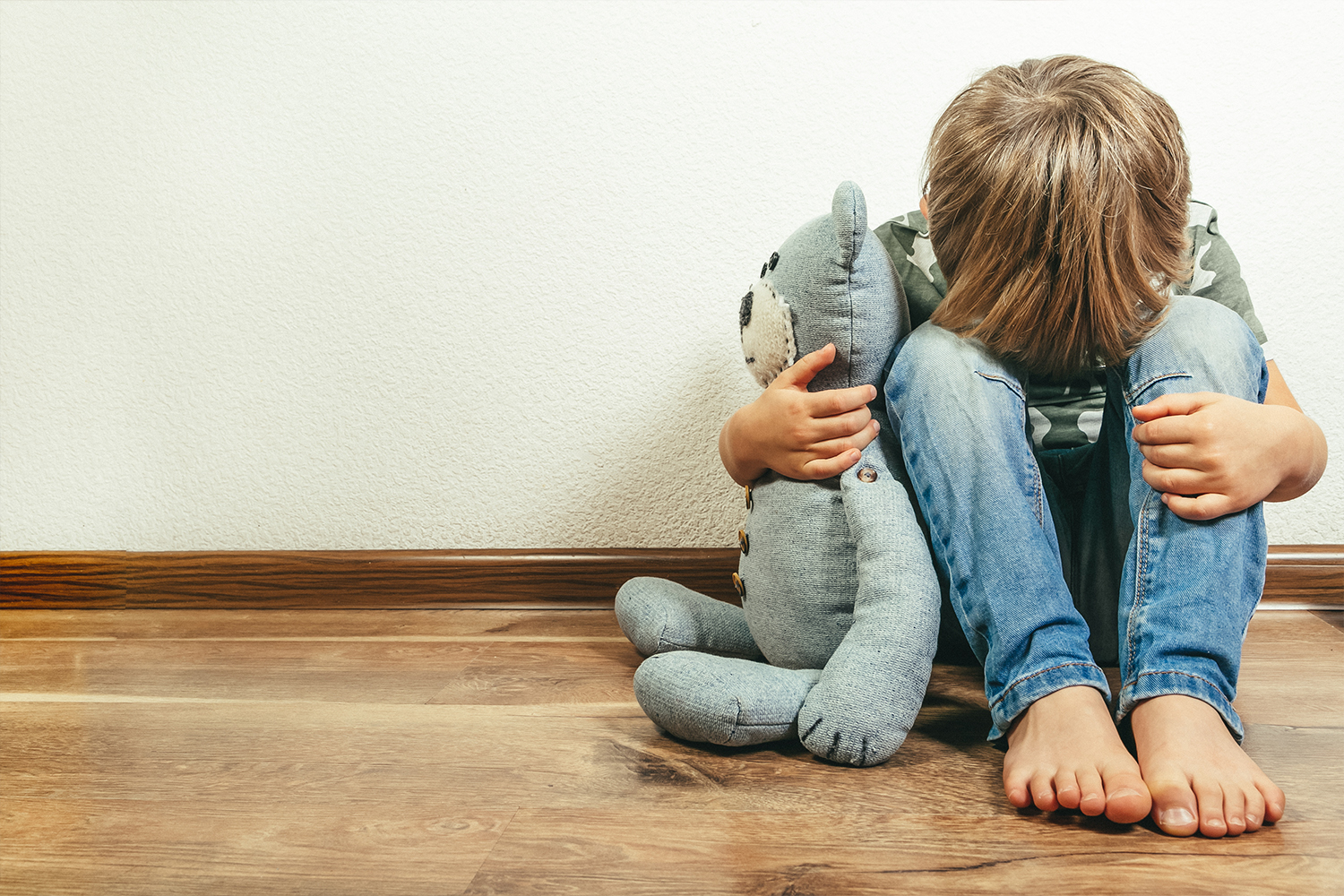Handling Big Emotions and Helping Your Child Calm Down

Every child is different, and that includes their reactions to things. You may see that your child has a different reaction to their siblings, peers, or cousins. That is ok, some children just feel things more intensely than others. This may look like they have a more difficult time returning to calm when they are upset, or the feelings seem to appear bigger than others. This can be called dysregulation. Your child may feel overwhelmed by their feelings. The rational side of their brain may not be sending the signal to the emotional side of the brain quickly. This would mean that reasoning with a child when their rational side is not working, might not be the best time. You will want to wait until that part of their brain is “on” and they are starting to calm down.
What can I do to help? Helping your child understand their emotions, label them, and identify them beforehand will help them control them. Yes, they can learn to control them! We do need to acknowledge that sometimes kids are hesitant to acknowledge emotions they consider as “bad” or “negative”. We want to normalize that we all feel anxious, angry, sad, and grumpy sometimes. It is important we help kids to name and accept these emotions, so they can manage them. Children need to learn that will experience a variety of emotions, and not just happy.
One of the ways they can learn this is by how you manage your emotions. Let them hear that you are disappointed, and model for them how you will deal with that. I like to use a 1-10 scale to rank the intensity of their emotions. It takes time but sometimes in one day a bunch of things have happened and you notice they get really upset over one little thing. In reality (their emotions have been built up, and they didn’t know how to bring themselves back to calm) and so now they are crying and kicking the floor and they’re at an 8. As parents we want to help them learn how to regulate or calm down. Create a thermometer to help them learn this concept and use it daily. Eventually you will be able to identify what number you are, and what they are. Identify what coping skills work best to calm them down. (exercise, bubbles, bouncing a basketball, playing with play dough, or in the sand)
In addition to using the thermometer remember that validating your child’s feelings is a very powerful tool. Validation is not agreement it is understanding and accepting their feeling without fixing.
This means you want to offer undivided attention, and reflection to your child. Ask questions like, “is this what you mean?”, “am I getting it right”? This may help to prevent tantrums or outburst.
This does not mean you give attention to negative or bad behavior. Instead use active ignoring for behaviors like outbursts, whining, arguing, and bad language. It is active because your withdrawing the language. (Turning your face, body, or even leaving the room). When your child is later doing something that you can turn the attention back on and praise, that will be a key factor in making this effective.
Clear expectations and routines will also help your child with dysregulation. Provide warnings when possible. Even giving them 5-15-minute warning before change or transitions. Help your child problem solve and reframe. (remember to validate, change is disappointing). Help them build coping skills to adjust. Spending time with your child (undivided attention) even 5 -10 minutes a day will help with consistency and regulation. Lastly, I will say take deep breaths. And do it together. Everyday.



